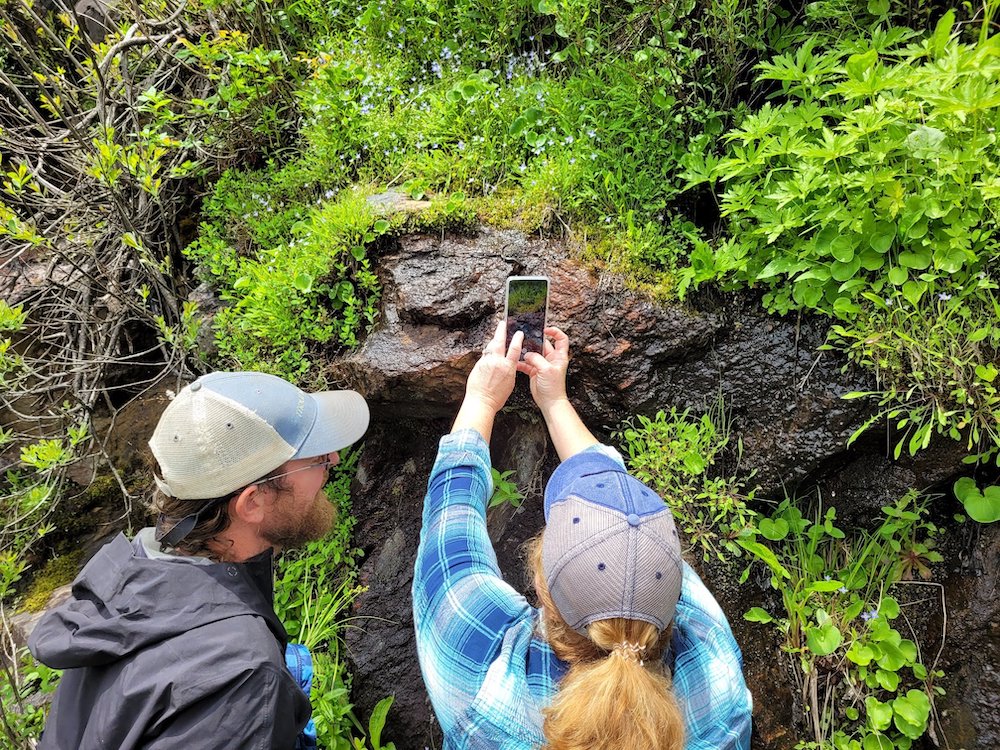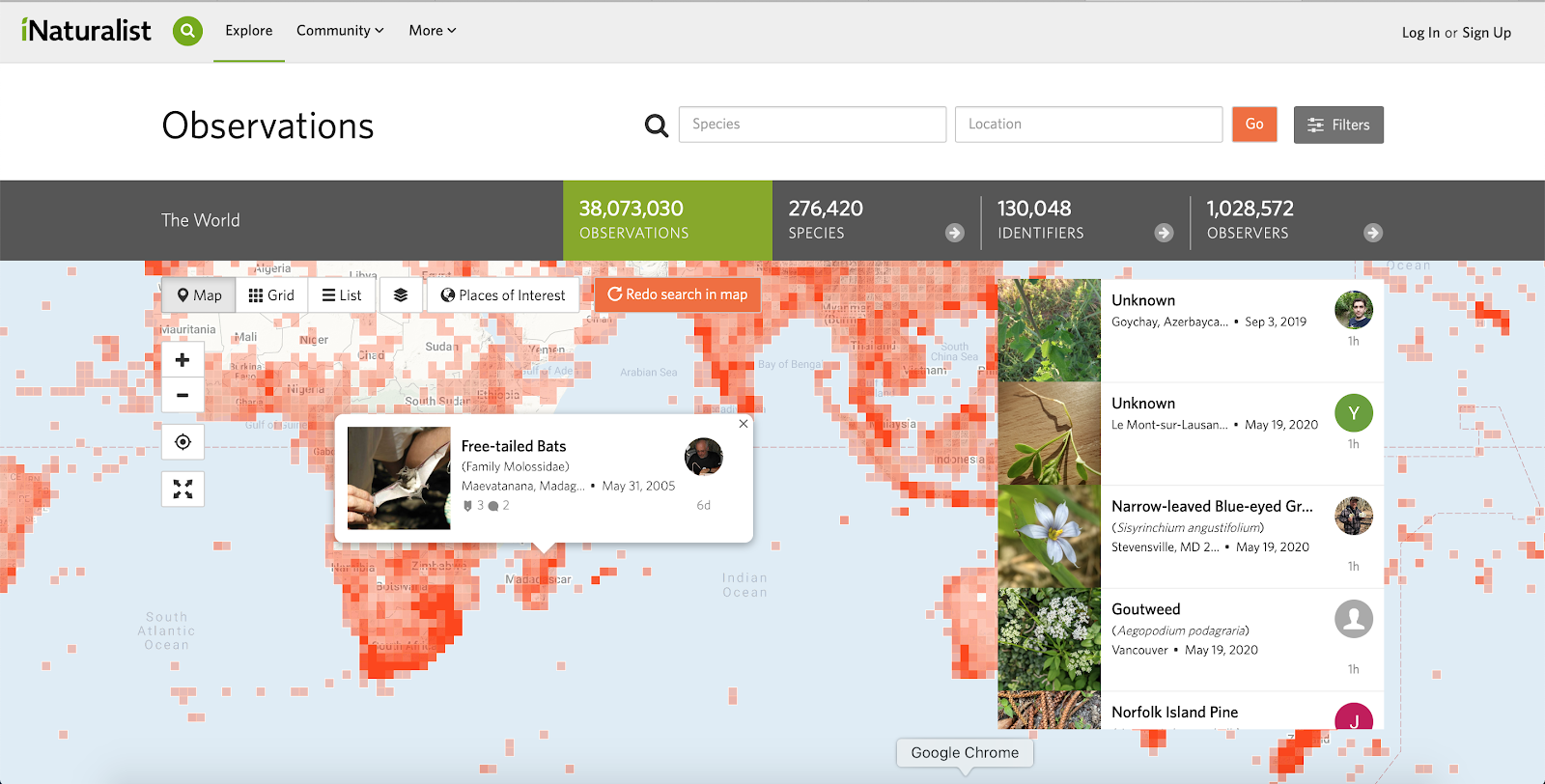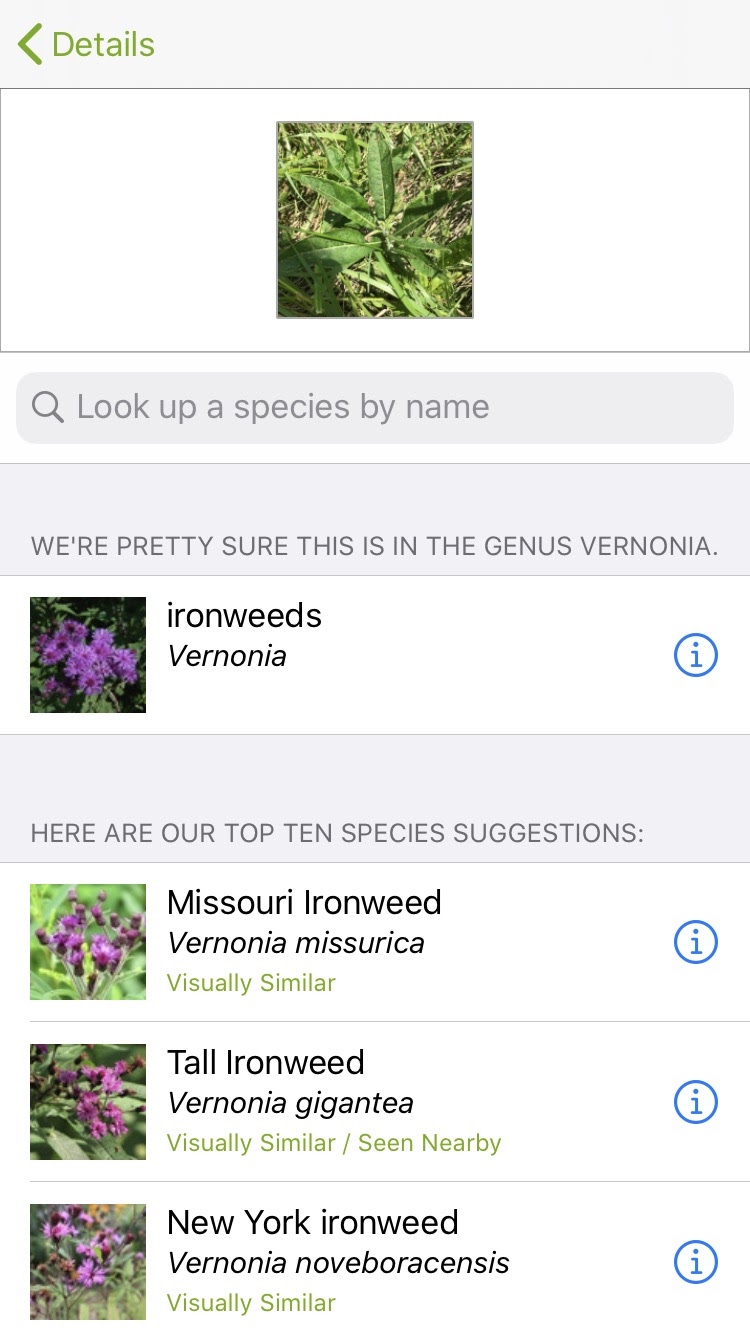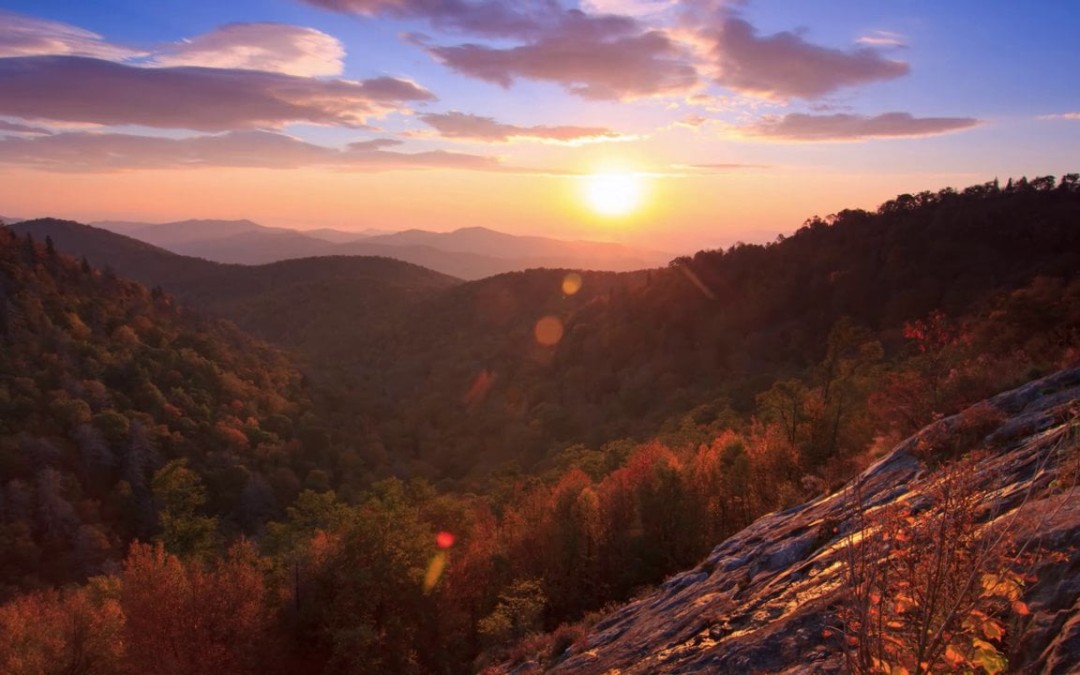AmeriCorps Western Region Program Associate (Murphy)
AmeriCorps Position Title: Western Region Program Associate
Host Site: MountainTrue
Service Term: September 3, 2024 – July 31, 2025
Supervisor Name & Title: Callie Moore, MountainTrue Western Regional Director
Supervisor Email: callie@mountaintrue.org
Office Address: 90 Tennessee St., Suite D, Murphy, NC 28906
Host Site Mission Statement: MountainTrue champions resilient forests, clean waters, and healthy communities in the Southern Blue Ridge. We focus on a core set of issues – sensible land use, restoring public forests, clean energy, and improving water quality – that have a high impact on the environmental health and long-term prosperity of our region.
Summary of Position: The position works in Southwestern North Carolina across both our Clean Waters and Resilient Forests program areas. It includes a combination of volunteer recruitment and coordination, water quality monitoring, on-the-ground stewardship of public and conserved lands, and public outreach and engagement. It involves a lot of time outdoors in all seasons and regular travel across several counties. Primary responsibilities are to (1) engage volunteers in all aspects of volunteer monitoring of water quality, aquatic communities and habitat; (2) coordinate and expand the region’s microplastics sampling program; (3) help control nonnative invasive plants and restore native plant communities in parks, along greenways, and on other public lands; and (4) coordinate public outreach and engagement activities in MountainTrue’s Western Region.
Qualifications – Knowledge, Skills, and Abilities:
- Organized, with a high level of attention to detail.
- Education or experience in natural resources management, environmental science/studies, sustainability, chemistry, ecology, or related earth science-type field.
- Experience working with volunteers, or as a volunteer.
- Experience working with diverse people (e.g. youth, retirees, rural, urban, people of color, people with varying levels of education or income).
- Strong planning and time management skills. Ability to manage multiple projects at once.
- Ability to work outdoors and maintain a positive attitude in challenging conditions.
- Ability to work as part of a team, as well as independently.
- Be a quick learner, unafraid to ask questions, and also have patience to tackle complex problems.
- Excellent oral (including public speaking) and written communication skills. Must be willing to regularly use email as a primary communication tool.
- Familiarity with Microsoft Office and Google suite programs and applications.
- Some ability to identify nonnative invasive plants preferred.
- Social media skills and interest are a plus.
- Training and/or teaching experience a plus.
- Eligible applicants must be at least 18 years of age, be a citizen, national, or lawful permanent resident alien of the United States, and consent to a criminal history check.
Preferred Service Hours / Weekly Schedule: 9:00 am to 5:00 pm Monday through Friday, some evenings and weekends.
Compensation: AmeriCorps Project Conserve stipend ($31,000), travel mileage reimbursement, MountainTrue pays for trainings and certifications. More info here.
Position Responsibilities and Duties
Conservation Education: 20%
- Educate volunteers and members of the public through organized events (both in-person and virtual), outings, and workdays provided throughout MountainTrue’s Western Region.
- Focus educational efforts around climate change adaptation and mitigation, nonpoint sources of water pollution, native and invasive plants, and litter and plastic pollution.
- Manage event page content for website, build volunteer and outing event sign up forms, compose email communications to promote events and programs, and communicate with the general public looking to engage with our programs.
- Participate in the community as a MountainTrue team member contributing to the success of the organization.
At-Risk Ecosystem Impacts and Trails: 40%
- Field inventory/data collection, including photo documentation, of nonnative invasive plant species on public lands and conservation easements. Create reports for prioritization of future treatments and workdays.
- Assist with prioritization of sites for treatments and work with partners and the Western Region Program Coordinator to organize volunteer workdays.
- Physical work of manual and chemical treatment of nonnative invasive plants on public and conserved private lands sites in the MountainTrue Western Region.
- Analyze water samples for microplastics.
- Assist with river and lake shoreline cleanups organized by partner organizations.
- Collect data on sedimentation from forest roads and trails and coordinate Western Region volunteers’ collection of same.
Volunteer Infrastructure Program: 40%
- Coordinate and expand the Western Region’s microplastics sampling program by recruiting, training, mentoring, and organizing volunteers for the program; establishing locations for samples to be dropped off; and picking up samples from each location on a regular schedule.
- Recruit, train, mentor, and organize volunteers and assist with implementing the region’s Swim Guide E. coli monitoring program.
- Work with partners to engage volunteers in other aspects of volunteer monitoring of water quality, aquatic communities, and habitat.
- Assist in the recruitment and management of volunteers for nonnative plant control, teaching them restoration techniques, including manual and chemical treatment techniques, informing them of the associated risks, and supervising them during workdays.
- Keep detailed records of volunteer personnel, including names and contact, liability waivers, hours served, and frequency of participation.
- Help guide the organization’s efforts around equity, diversity, and inclusion by targeting volunteer recruitment and service activities to reach underserved people and communities.
- Host at least one volunteer appreciation event.
PLEASE NOTE: In addition to fulfilling host site service responsibilities, all Project Conserve members are required to fully participate in team trainings, service projects and statewide AmeriCorps events. Project Conserve team events will occur approximately twice per month in locations throughout the service area and may require up to three overnight stays.
Essential Functions
Equipment / Software Used: Laptop computer, Google Drive/Suite; Camera; pruners, saws, herbicides and other vegetation management tools
Physical Demands: Need to be able to hike and conduct field work in variable weather conditions and temperatures; insects; proximity to poison ivy; traversing boggy soil conditions and rock outcrops; thorny vegetation; carrying equipment onto and off of work sites; staying hydrated. Must be able to swim on at least a basic level.
Transportation Needs: Personal vehicle required.
Setting/Location of Service Activities: Various outdoor locations primarily in Jackson, Swain, Macon, Clay, and Cherokee counties (to a lesser extent Haywood & Graham), both on and off-trail. While the office is in Murphy, NC, job sites are primarily in Jackson, Swain & Macon counties. Job requires Tuesday afternoons in the Murphy office/lab in June & July.
- Using computer software and online programs for conservation-based education and outreach events, outings, and workdays, including building event sign-up forms, social networking, written articles, and press releases.
- Leading, coordinating, and interacting with diverse individuals in field-based and office settings (ex. landowners, students, low-income residents, partner organizations).
- Training, supporting, coordinating, and recognizing volunteers for conservation-based volunteer opportunities.
- Conducting field-based monitoring, assessment, and management of conservation properties, public lands, and/or water quality monitoring sites.







